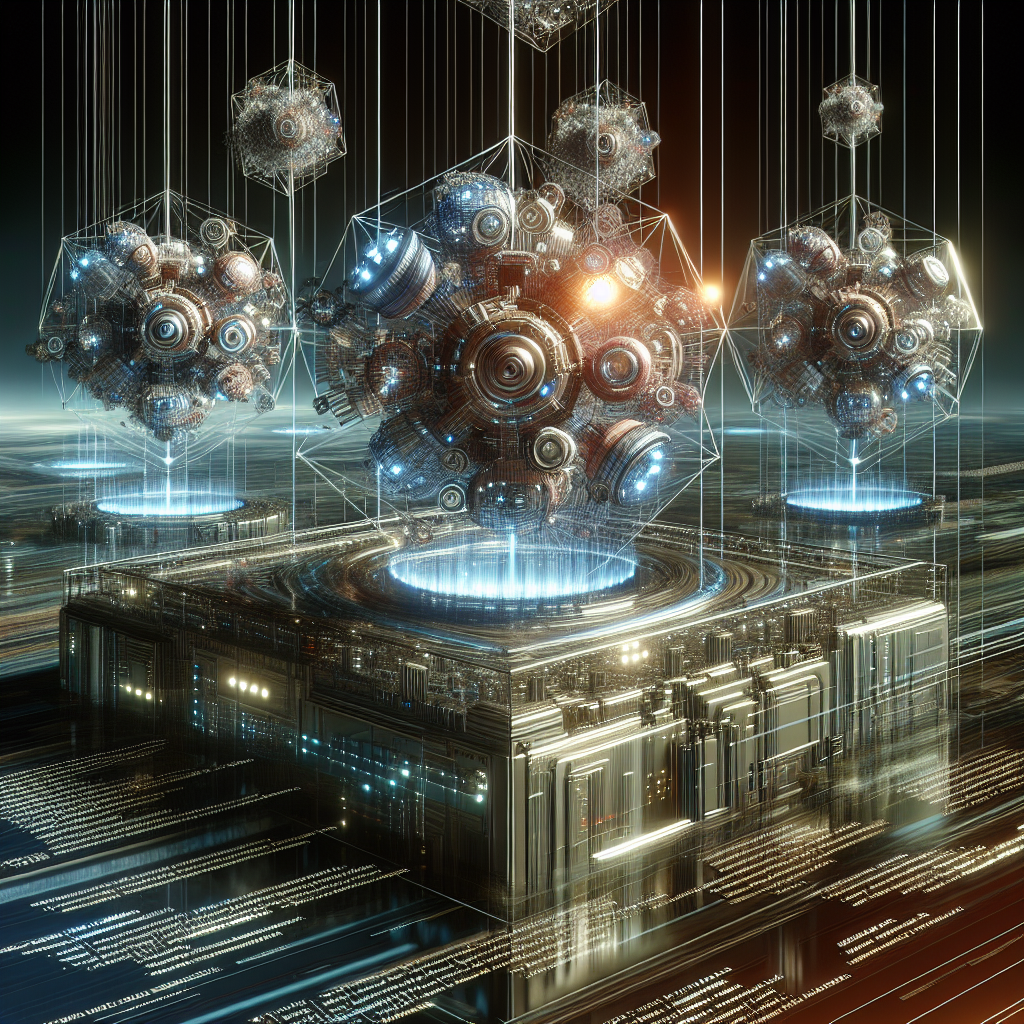Game Engines of the Future: A 2025 Comparison for Aspiring Developers
As the world of digital entertainment continues to evolve, aspiring game developers are faced with a myriad of choices in game engines. With the rise of technology such as virtual reality (VR), augmented reality (AR), and artificial intelligence (AI), the game engines of 2025 are set to redefine the parameters of interactive media. This article compares some of the most promising game engines available to developers in 2025, highlighting their unique features and advantages.
1. Unity 2025: The Versatile Workhorse
Unity remains a top choice for game developers, and its 2025 iteration strengthens that position. Unity’s modular architecture and the extensive Asset Store provide an unparalleled level of flexibility, making it suitable for both 2D and 3D game development. The addition of integrated AI tools allows developers to create more immersive non-player character (NPC) behaviors than ever before.
-
Key Features:
- Enhanced AI and machine learning tools.
- Advanced rendering capabilities with support for ray tracing.
- Improved collaboration tools for remote teams.
- Expanded cloud services for real-time data analysis and player insights.
- Who Should Use It:
Aspiring developers looking for a robust, well-documented engine that supports a wide range of platforms and offers a wealth of resources and community support.
2. Unreal Engine 5.3: The Graphical Powerhouse
Unreal Engine has long been synonymous with high-end graphical fidelity, and its 2025 version takes this to an entirely new level. With the introduction of groundbreaking technologies like Nanite (for incredibly detailed geometries) and Lumen (for dynamic global illumination), creators can develop visually stunning experiences.
-
Key Features:
- Nanite and Lumen for real-time photorealism.
- Extensive marketplace for assets and plug-ins.
- Powerful blueprint system for visual scripting.
- VR and AR support with dedicated tools.
- Who Should Use It:
Developers aiming to create visually stunning AAA games or projects that demand high-fidelity graphics and complex environments. It’s especially enticing for those interested in cinematic experiences and narrative-rich games.
3. Godot 4: The Open-Source Alternative
Godot has garnered a loyal following for its open-source philosophy and flexibility. The 2025 version introduces a more modular design, extensive support for 3D games, and a visually appealing new editor. As an open-source engine, Godot allows developers to experiment without budget constraints.
-
Key Features:
- Completely free with no licensing fees.
- Lightweight and highly customizable.
- GDScript, C#, and Visual Script options for coding.
- Regular updates and a passionate community.
- Who Should Use It:
Independent developers, hobbyists, and those who prefer a customizable engine that allows total creative control without financial obligations.
4. Amazon Lumberyard 2.0: The Cloud-Integrated Powerhouse
Amazon Lumberyard has undergone significant transformations, becoming more cloud-integrated. In 2025, it provides powerful tools for developers looking to create multiplayer and online experiences with rich cloud capabilities.
-
Key Features:
- Direct integration with AWS (Amazon Web Services) for scalable online experiences.
- Sophisticated networking capabilities for real-time interaction.
- Tools for building VR and AR experiences seamlessly.
- Integration with Twitch for community and streaming capabilities.
- Who Should Use It:
Developers focused on creating multiplayer online games or those who want to harness the power of cloud computing for large-scale projects.
5. CryEngine 5: The Realism Champion
CryEngine continues to push the boundaries of realism in games. With its emphasis on realistic physics and environmental effects, the 2025 version is ideal for developers seeking to create unprecedented levels of immersion.
-
Key Features:
- Advanced physics engine for realistic interactions.
- Dynamic weather and environmental systems.
- Built-in VR support and optimization tools.
- Real-time global illumination and vegetation rendering.
- Who Should Use It:
Developers interested in creating intricate environments, particularly in genres like simulation, adventure, and immersive storytelling.
Conclusion: Choosing Your Path
As we look ahead to 2025, the landscape of game development is rich with opportunities powered by innovative technology. Each engine discussed offers unique strengths and tools tailored for specific project needs. Aspiring developers should weigh the pros and cons based on their goals, skills, and project requirements.
In such a rapidly evolving industry, continuous learning and adaptation will be key. With the right engine and a solid understanding of emerging technologies, new developers can create experiences that engage players in groundbreaking ways, marking the dawn of a new era in gaming. Whether you choose Unity’s versatility, Unreal’s visuals, Godot’s open-source nature, Lumberyard’s cloud capabilities, or CryEngine’s realism, the future of game development is bright and full of potential.




